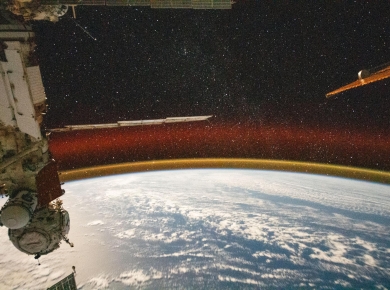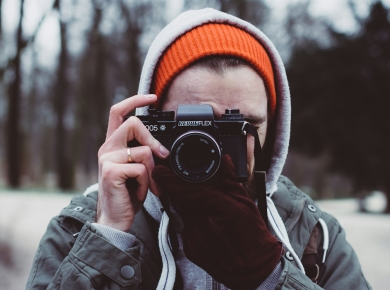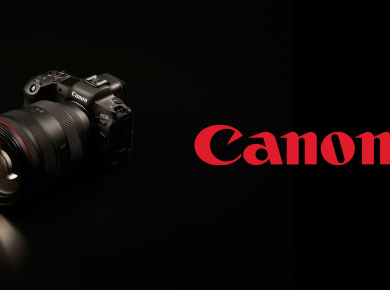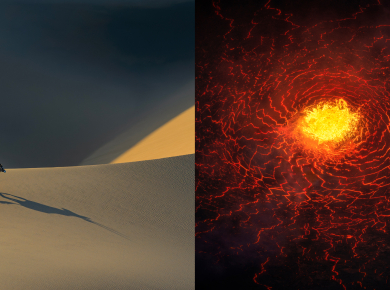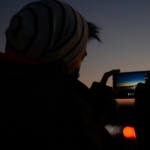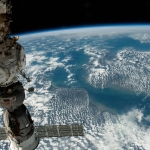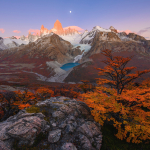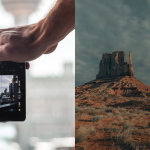What was your favourite space photograph from 2023? There has been a lot to choose from, thanks to NASA’s James Webb telescope and the launching of new missions, but Lens Front has put together a list of our favourites. Number 1 might not be what you expect…Let us know if we left anything out in the comments below!
Here are the 8 best space photos of 2023, ranked:
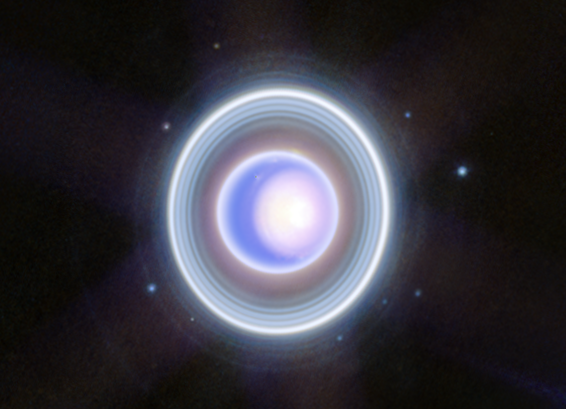


8. Webb captures Uranus’ rings and moons
This image of Uranus from NIRCam (Near-Infrared Camera) on NASA’s James Webb Space Telescope exquisitely captures Uranus’s seasonal north polar cap and dim inner and outer rings. This Webb image also shows 9 of the planet’s 27 moons. Because of the planet’s extreme 98-degree tilt, its seasons are extreme. For a quarter of its year, the Sun shines on one pole, which means half the planet experiences a dark, 21-year winter. Read more here.
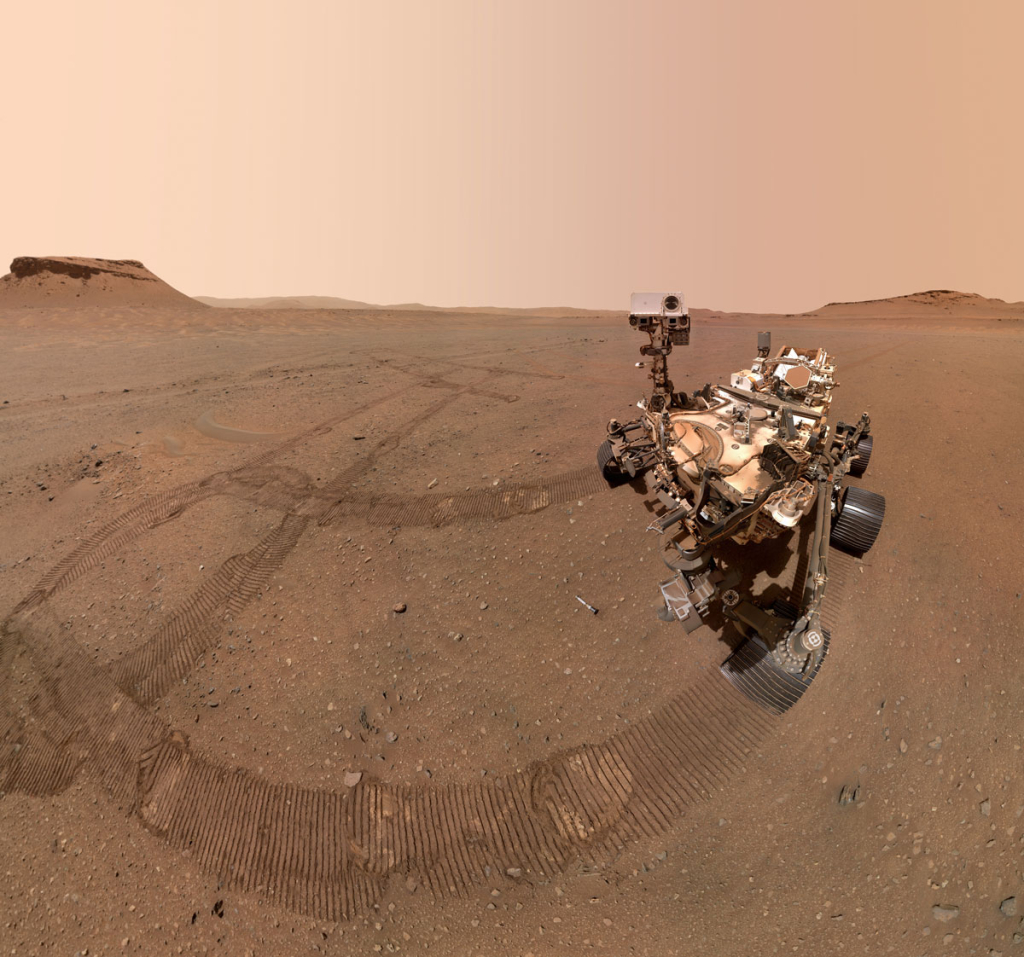


7. Perseverance Mars rover takes a selfie
NASA’s famous rover, nicknamed Percy, landed on Mars way back in February 2021. Now active for more than 3 years, back in January of this year we got to see this selfie, taken by the rover using a camera on the end of it’s robotic arm. The photo is actually composed of 59 individual WATSON (Wide Angle Topographic Sensor for Operations and eNgineering) images that were stitched together once they were sent back to Earth. Here, the rover is taking a selfie with a sample tube, visible on the floor next to it, which it had just deposited at a sample depot, with the plan being that in the future the samples can be tested on Earth. Read more here.
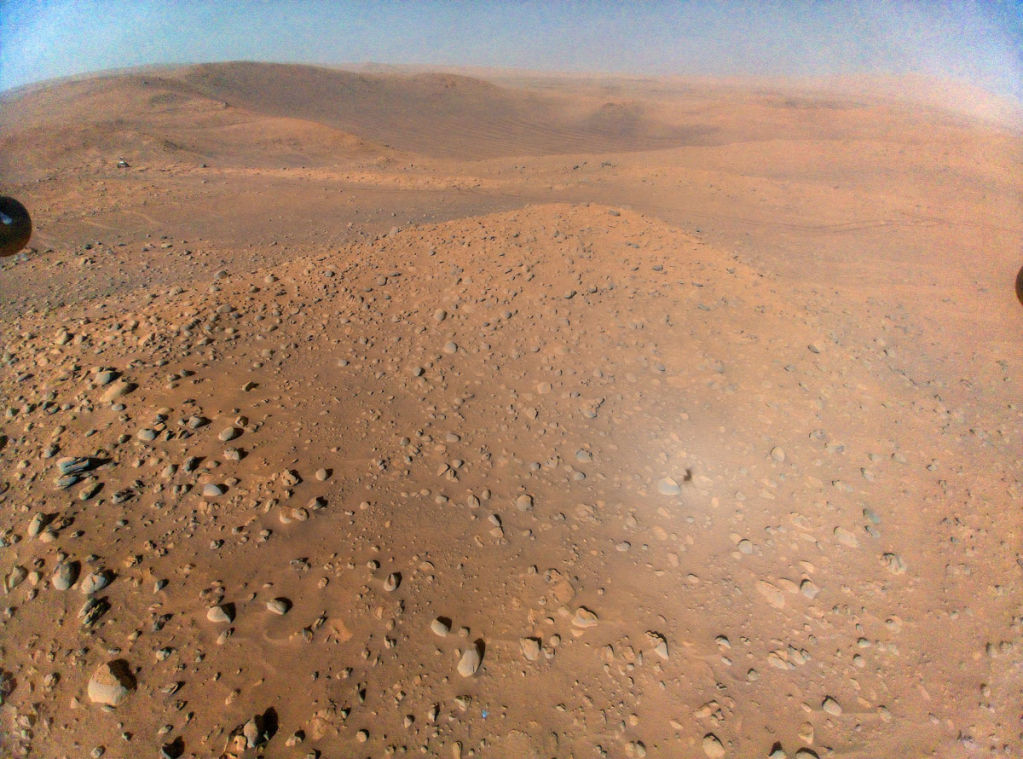


6. Helicopter takes a photo of Perseverance rover
When the Perseverance rover was sent to Mars, it also carried the mini-helicopter named Ingenuity. This photo was taken during the helicopter’s 51st flight from April, 2023. The Ingenuity rover is visible in the top-left of the image. At the time the image was taken, the helicopter was at an altitude of about 40 feet (12 meters). More here.
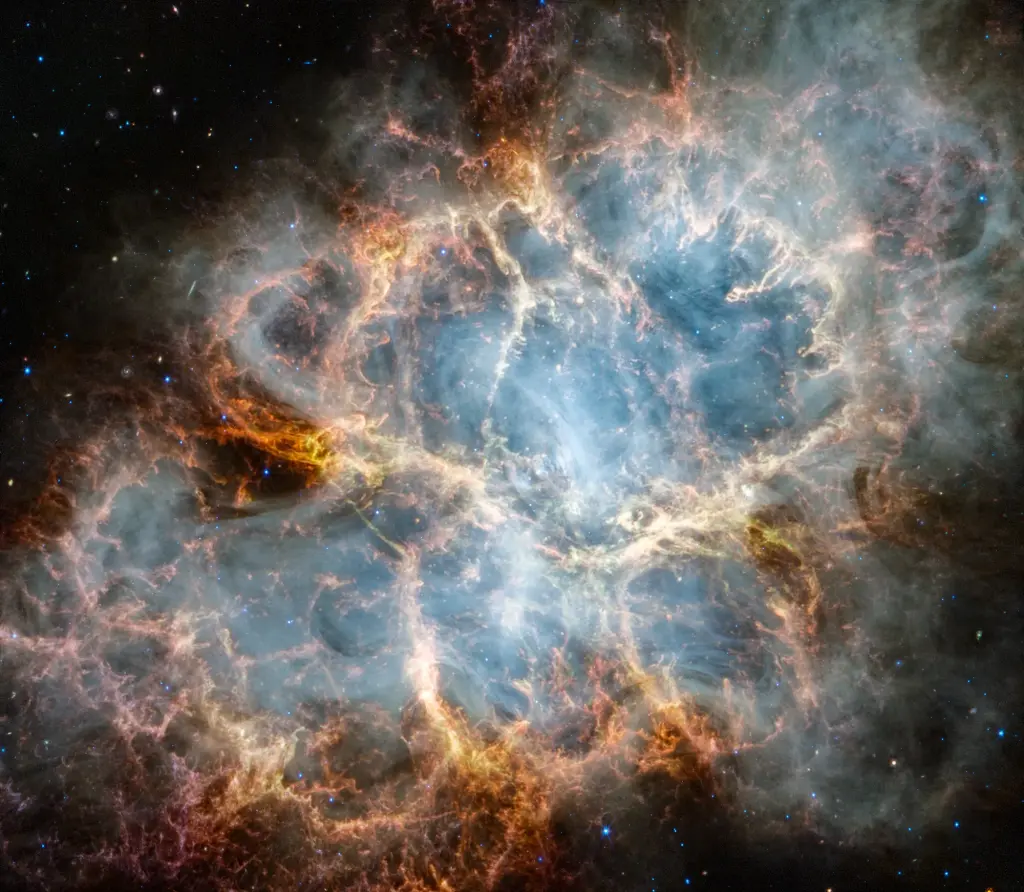


5. New image of the Crab Nebula
6,500 light-years away lies the Crab Nebula, the remains of an exploded star. Although studied extensively before, James Webb’s infrared sensitivity and resolution offer new clues into the makeup and origins of this scene. Read more here.
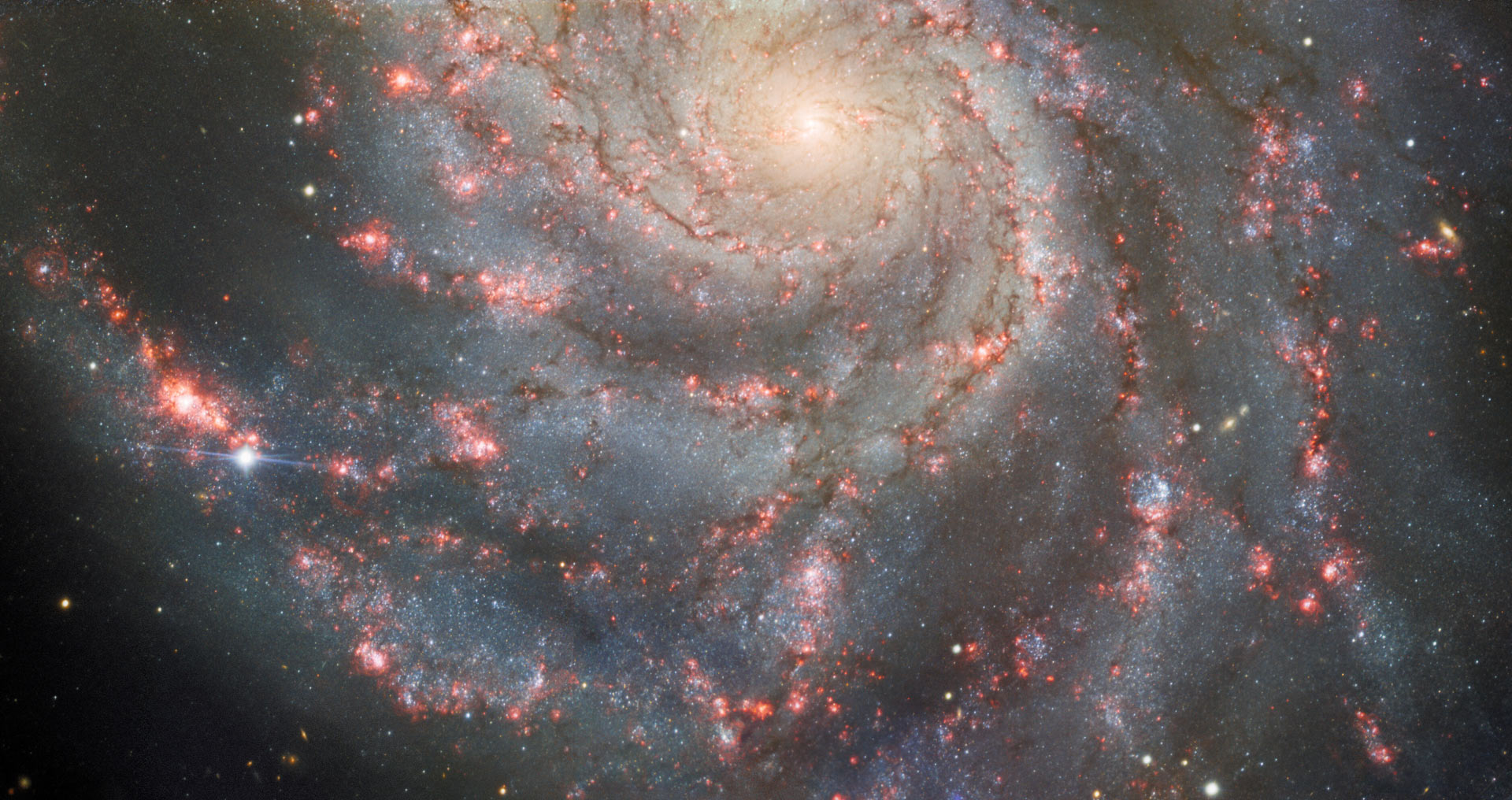


4. Supernova explosion photographed in the Pinwheel Galaxy
The Pinwheel Galaxy (also known as Messier 101) is a spiral galaxy 21 million light-years away from Earth. On May 19, 2023, a supernova exploded in one of Messier 101’s spiral arms. Now named SN 2023ixf, the event is the closest supernova we’ve seen in years. Read more on the event here.



3. Webb photographs the final stages of a dying star
The Ring Nebula is a planetary nebula in the northern constellation of Lyra. Such a nebula is formed when a star, during the last stages of its evolution before becoming a white dwarf, expels a vast luminous envelope of ionised gas into the surrounding interstellar space. The Ring Nebula displays intricate structures of the final stages of a dying star. Read more here.
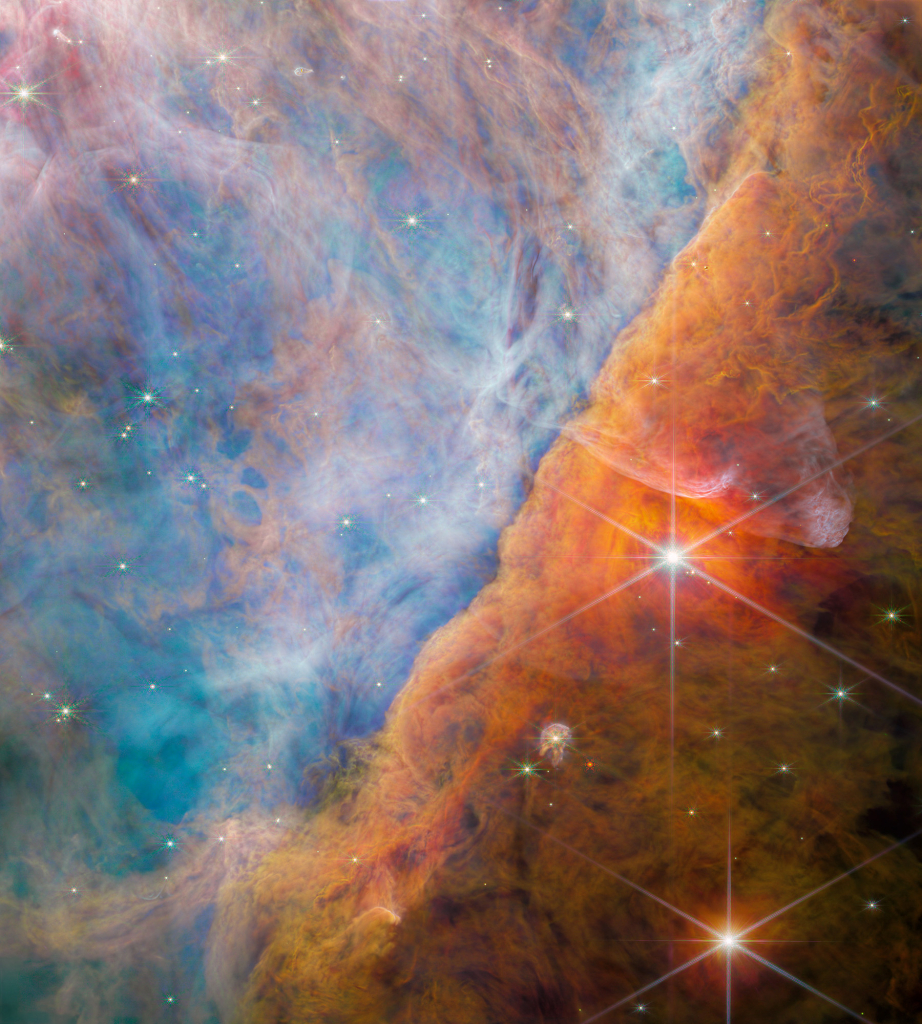


2. Webb makes first detection of crucial carbon molecule
Within this image lies a young star system known as d203-506, which has a protoplanetary disk. Astronomers used Webb to detect a carbon molecule known as methyl cation in that disk for the first time. This molecule, never before seen in space, is believed to be a cornerstone of interstellar organic chemistry. More here.
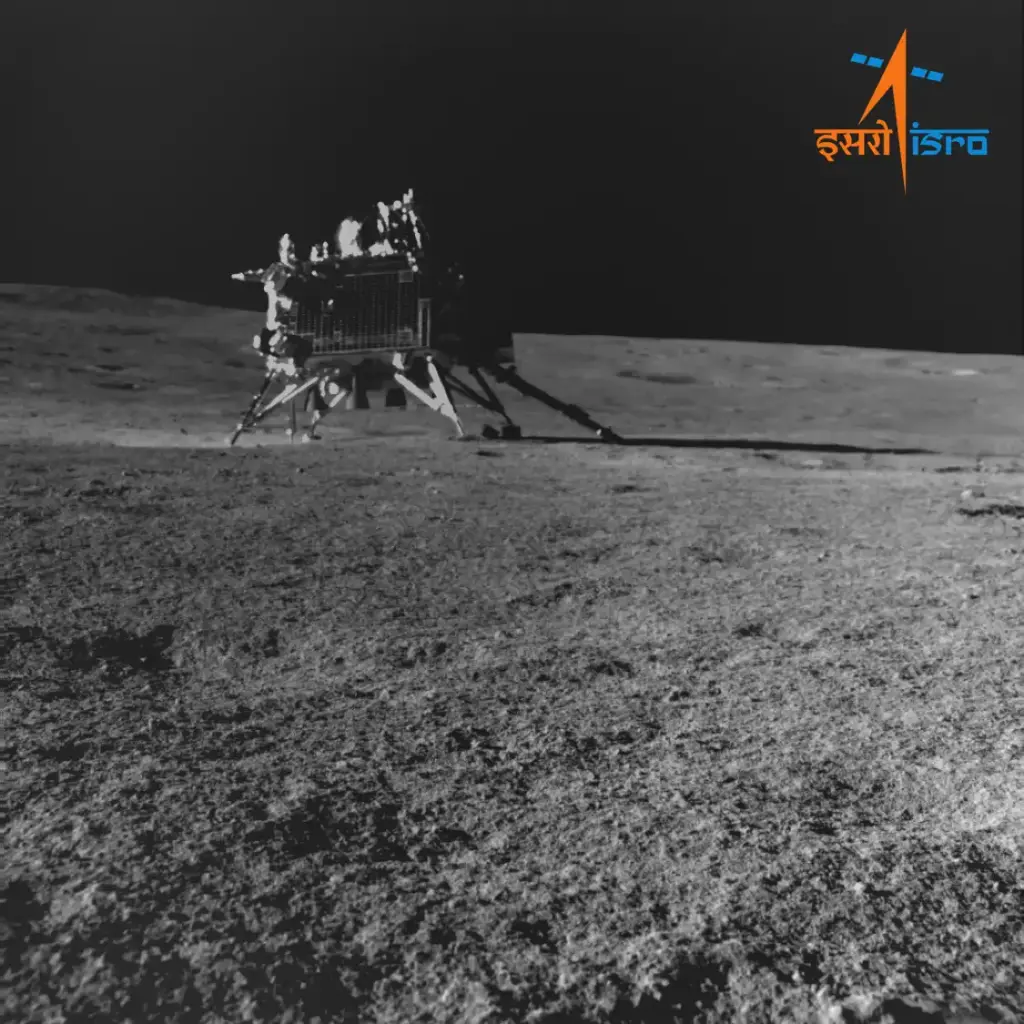


1. India’s new moon rover takes photo of its lander
India’s Chandrayaan-3 mission successfully landed near the moon’s south pole on August 23 2023, becoming the first nation to do so. This image shows the Vikram lunar lander on the moon’s surface taken by the mission’s Pragyan rover. Although not the most beautiful image on the list, this accomplishment by India signifies something much greater. They are only the fourth country to land on the moon, after the USA, Russia (USSR) and China, and the first to land on the southern lunar pole (which is of great interest as it is known to contain water in the form of ice).

